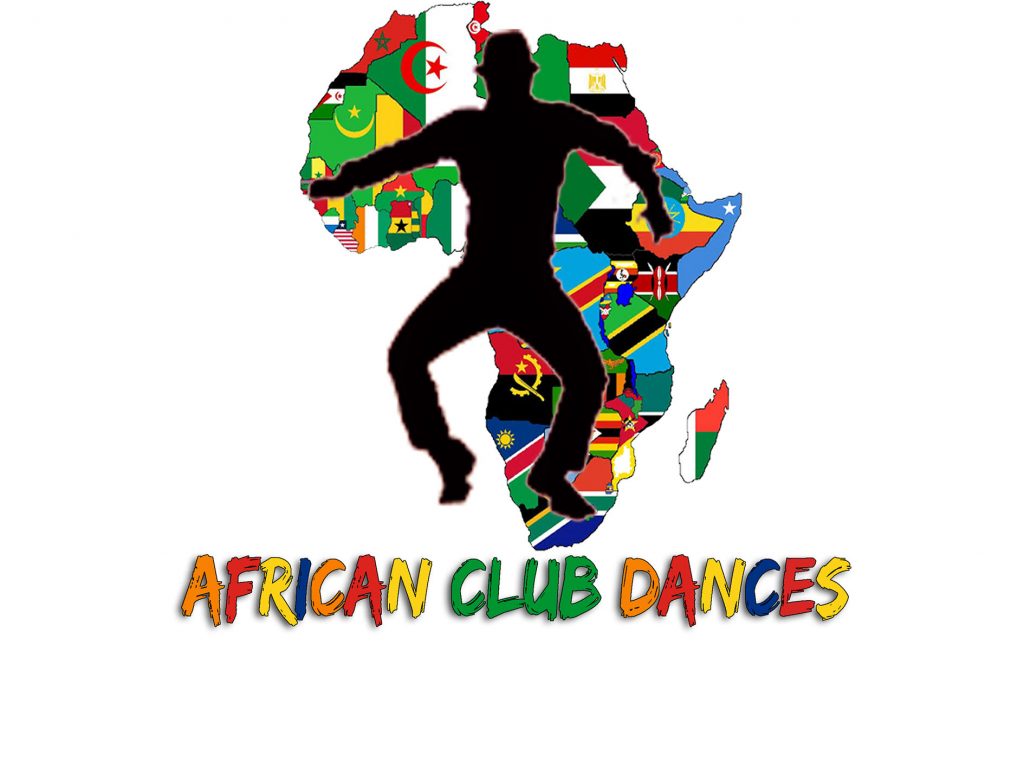Kuduro History
Kuduro is a vibrant and energetic music and dance style that originated in Angola in the late 1980s and early 1990s. Its name derives from the Portuguese word “duro,” which means hard or stiff, reflecting the dance’s distinctive, animated, and often acrobatic movements. Unlike the smooth and sultry Kizomba, Kuduro is known for its upbeat tempo, aggressive rhythms, and is often accompanied by rapid, energetic dance moves that challenge the body’s flexibility and stamina. Kuduro started as a form of expression among the youth in the suburbs of Luanda, Angola’s capital, as a way to creatively express their cultural identity and social realities.
Fun Fact: Kuduro was initially inspired by traditional Angolan Kilapanga and Semba music, but it has since incorporated influences from electronic dance music, hip-hop, and Caribbean rhythms, showcasing a fascinating blend of global sounds while maintaining its unique Angolan essence.
The international recognition of Kuduro began to grow in the early 2000s, propelled by the global dissemination of African music and culture. The genre has been particularly embraced in Portugal, where a large Angolan diaspora has played a significant role in its popularization. Furthermore, artists and DJs from Europe and the Americas have incorporated Kuduro beats into their works, further expanding its global reach. This cross-cultural exchange has not only elevated Kuduro’s status on the world stage but has also introduced new sounds and influences into the genre, making it a symbol of global musical fusion.

In recent years, Kuduro has continued to evolve, serving as a foundation for new musical experiments and genres, including Afro-house and Kuduro progressivo, which blend traditional Kuduro rhythms with electronic music and house beats. This ongoing innovation underscores Kuduro’s role not only as a musical and dance phenomenon but also as a living, evolving cultural expression. Despite its global popularity, Kuduro remains deeply rooted in the streets of Luanda, reflecting the creativity, resilience, and spirit of Angola’s youth. Its energetic pulse and distinctive rhythm continue to inspire new generations of artists and dancers around the world, making Kuduro a vibrant testament to the power of cultural expression and adaptation.
Trivia: The global spread of Kuduro has also been facilitated by social media and the internet, with viral videos and online tutorials introducing the dance to audiences worldwide. This digital era of cultural exchange has made Kuduro accessible to a global audience, further solidifying its place in the international music and dance scene.
